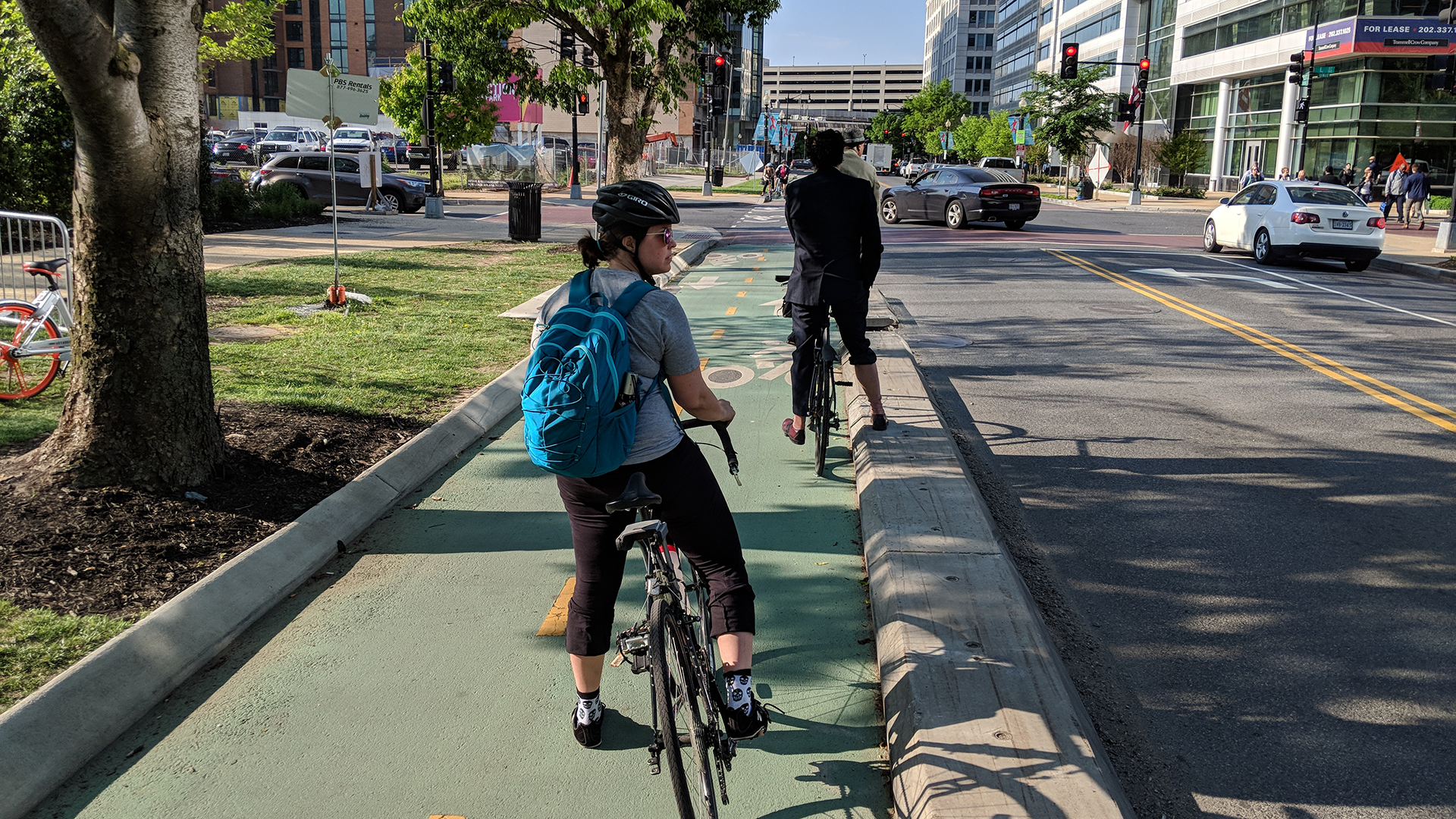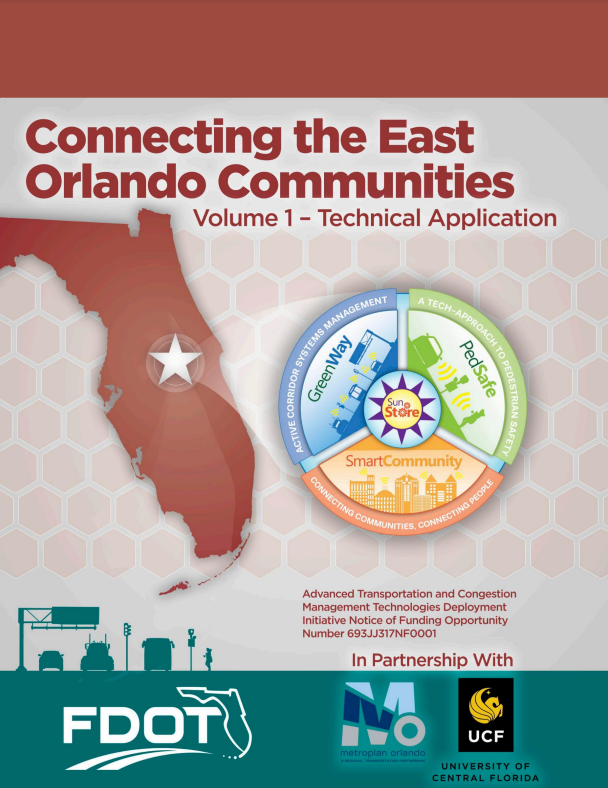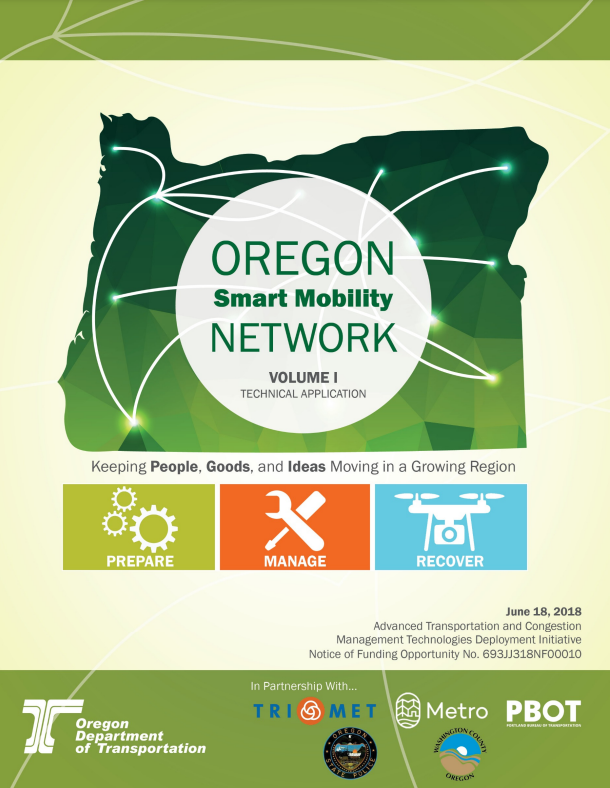April 21, 2022
Signed into law in November 2021, the Infrastructure Investment and Jobs Act (IIJA) authorized $1.2 trillion in federal investments into transportation, broadband access, clean water, and electric grid renewal. If you represent a public agency, you’ve likely already been at work assessing your region or community’s mobility needs and pre-positioning to go after this funding when it becomes available. According to a new schedule released by USDOT, many funding opportunities are just around the corner.

USDOT posted a schedule of upcoming grant opportunities in the coming months, with a list of anticipated dates for Notice of Funding Opportunities (NOFOs) for key (not all) Bipartisan Infrastructure Law programs. The list will be updated periodically with new programs and dates.
In May alone, NOFOs are anticipated to be released for the following programs:
- Transit-Oriented Development Pilot Program
- University Transportation Centers Program
- Natural Gas Distribution Infrastructure Safety and Modernization Program Pipeline and Hazardous Materials Safety Administration
- Safe Streets and Roads for All Grant Program
- Nationally Significant Federal Lands and Tribal Project Program
- Bridge Investment Program
Mega, Rural, and INFRA Combined Funding Opportunity
The wait is already over for some funding opportunities. In March, USDOT announced the availability of nearly $2.9 billion in FY 2022 competitive grant funding for surface transportation projects through a Multimodal Projects Discretionary Grant that combines three major programs:
- The National Infrastructure Project Assistance (MEGA) program, which was created in the Bipartisan Infrastructure Law to fund projects that are difficult to fund by other means due to their size or complexity. The program will provide grants to support multijurisdictional or regional projects of significance that may also cut across multiple modes of transportation.
- The Infrastructure for Rebuilding America (INFRA) program, an existing competitive program that is seeing increased funding from the Bipartisan Infrastructure Law. These grants advance the Administration’s priorities of rebuilding America’s infrastructure and creating jobs by funding highway, multimodal freight and rail projects.
- The Rural Surface Transportation Grant Program (RURAL), which was created in the Infrastructure Law. RURAL grants will support projects that improve and expand surface transportation infrastructure to increase connectivity and safety in rural areas, and generate regional economic growth.
Combining these programs under one NOFO makes it possible for agencies to apply to one, two, or all three using a single application. USDOT has stated that they will focus on supporting projects that improve safety, economic competitiveness, equity, and climate and sustainability. Applications are due by May 23.
What Makes a Strong Grant Application?
We believe grant writing success lies in the strength of a collaborative and multidisciplinary team. Along with subject matter experts, it is essential that grant writing teams include technical editors and graphic designers who are skilled at developing and presenting compelling narratives.
In our experience, the distinguishing characteristics of successful grant applications are:
- A clear theme
- A concise and well-positioned statement of key message points
- Strong visual elements that reinforce the theme and key messages
- Statements explaining beneficial outcomes of the application
There are many other elements that strengthen an application’s competitiveness, including:
- Readily deployable projects or programs
- Sufficient matching fund resources
- Projects and programs aligned with funding source goals and objectives
- Proven success with similar initiatives
- Established and committed partnerships
- Community and political support
At Kittelson, we work with communities to plan and implement transportation systems that contribute to a community’s long-term prosperity. This has involved assisting many public organizations with obtaining the funding they need to address their community’s mobility needs-from helping the Oregon Department of Transportation and Florida Department of Transportation each procure $12 million from the Advanced Transportation and Congestion Management Technologies Deployment (ATCMTD) Program, to supporting a BUILD application that led to $20 million to develop multiuse trails, a mobility hub, and a network of automated shuttles in Lake Nona, Florida. We are proud to employ a robust team of technical editors and publications coordinators whose expertise lies in their ability to highlight the most compelling and clear needs behind each agency’s request.


If you’d like to talk further about building a team to maximize upcoming IIJA funding opportunities, please reach out to Marc Butorac.
